What is this disease, osteochondrosis?The definition of the disease can be designated as a degenerate lesion of cartilage in the intervertebral disc and further spreads over the bone.The causes of osteocartilage degeneration are completely diverse, but most of the time, they can be injured, a static lifestyle that works in one location.However, osteochondrosis is not ruled out on the nerves.
The insidiousness of the disease is that it can appear in any part of the human motor system, and its provocation may be neurosis.People have different forms of spinal osteochondrosis.Usually, in medicine, the term habitual means the degeneration of malnutrition on a set of discs, as well as the small joints of the spinal column and the vertebrae themselves.
Osteochondrosis: What is this?Types of osteochondrosis
What is osteochondrosis?- In medicine, the following types of osteochondrosis are distinguished:
- cervix;
- thoracic;
- waist.
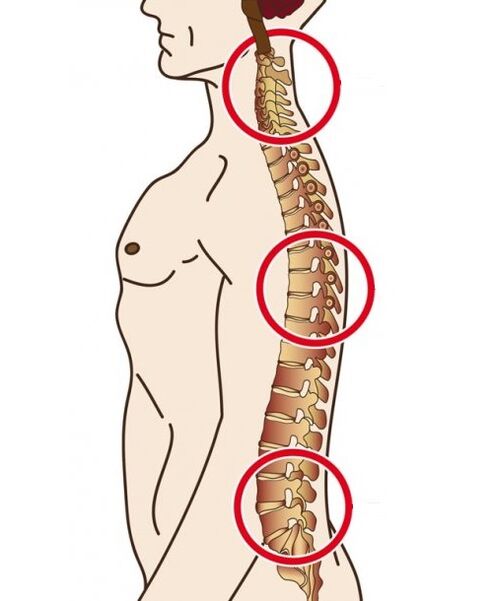
The name of the disease depends on the location of the pathological process.
Basically, osteochondrosis is troubled by older people.But in recent decades, the incidence rate has been increasingly discovered at a young age.
Why does osteochondrosis appear among young people?This is mainly due to the fact that children do not receive proper physical exercise.Similarly, the causes of osteochondrosis can be explained by excessive weight, which is often observed in adolescents.Statistics say that every eighth person has a back disease today.
One big problem is that many kids spend all their time sitting on computers and playing fixed video games.In addition, many occupations today are related to sedentary work.And this always affects posture, weakens the muscles, resulting in other negative consequences.In fact, the limited lifestyle of exercise and physical exercise is a direct way to back disease.
How does osteochondrosis manifest?
Such a unique claim that osteocartilage does not exist.But at the same time, it is worth mentioning that this pathology is related to discrepancies that violate the disc, which inevitably leads to deformation of the fabric.This fact cannot be denied in any way.Therefore, ignoring the disease, even a disease that does not exist, is obviously nonsense.
What is osteochondrosis?This is when the disc is inactive due to the fall.At the same time, the gap between the vertebrae is reduced and the part begins to lose its stability, resulting in osteochondral disease from it.Changes in the distance between the vertebrae trigger pinching of the nerve ends.As a result, this affects the tension of the back muscles.Later, pain began to appear in the context of neurosis.
malnutrition in the intervertebral disc with osteocartilage degeneration can weaken the external fibrous annulus.In this regard, patients may appear in large and hernia.In addition, the destructive progression of the disease is transmitted to the joints, vertebral ligaments, resulting in the formation of bone growth on the vertebrae.
Osteocartilage degeneration may contribute to the fact that patients experience difficulties when bending their body, which is associated with loss of elasticity in the spine.Here are subluxation of the vertebrae and pathological deformation of the affected area of the spine.All of this leads to a person suffering from chronic osteochondrosis.

Aggressive osteochondral disease
Sometimes, the patient has a rapid treatment of the damage to the disc, which is determined by erosive osteochondrosis.This form of the disease is characterized by more obvious symptoms, and patients often suspect spinal tone.The main criteria for diagnosing and identifying aggressive osteocartilage siso is to preserve hardened end plates, which can only be tracked using X-rays or CT.
Osteochondrosis: Symptoms and Causal Relationship
The following causes of spinal osteochondrosis:
- Excessive load on the spine;
- overweight;
- Hard physical labor;
- Working with long sitting or standing;
- Use uncomfortable shoes;
- Improper posture;
- A lifestyle that is motionless;
- inheritance and acquired deformation in the spine;
- Flat feet
- Genetic tendency;
- Metabolic disorders;
- Physical poisoning;
- Excessive distortion of nerves;
- A stressful situation;
- Severe somatic disease;
- Hormone violations;
- autoimmune diseases;
- The injury is transferred to the spine;
- a diet lacking in minerals and vitamins;
- Habits that are harmful to health;
- Use uncomfortable sleep accessories for night breaks.
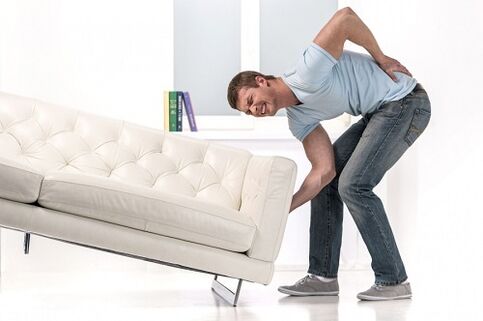
It is impossible not to say that professional athletes can also bear the increased burden on the spine, which of course may lead to the development of back disease.Furthermore, they should not significantly limit the number of training, as osteocartilage becomes the greatest risk during this period.
Osteochondrosis is a glorious disease.Patients continue to feel a period of aggravated disease and remission.Exhaustion, excessive fatigue and increased body temperature can lead to severe pain.
If we talk about cervical spine lesions, it is worth noting that the patient suffers from pain in the neck and upper limbs, which may be accompanied by movement, numbness of fingers and stiffness in headaches.As a result, clamping of the vertebral artery can be observed, resulting in increased blood pressure and lack of oxygen intake into the brain.
With the help of sternum osteochondrosis, patients may experience pain, or, on the contrary, acute pain can be expressed as a “back post.”Pain syndrome can be felt in the heart, lungs and other organs, and patients may have difficulty breathing, and sometimes a bad and severe right-sided rooster syndrome is diagnosed.
When the patient feels stiffness in the chest, lungs and heart, the gastric mucosal form of osteochondrosis in the chest area is accompanied by cardiac syndrome.In this case, pain syndrome can be exacerbated during deep breathing.As gastric syndrome develops further, the pain moves to the stomach, which is full of development of gastritis.
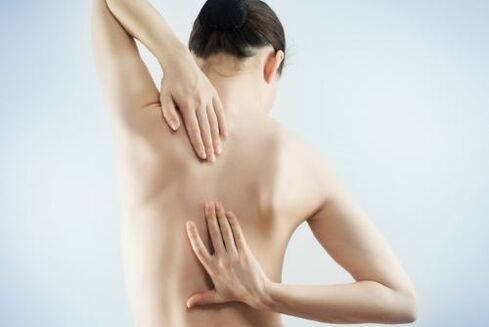
With osteochondral disease in the waist area, pain is most common in the lower back, ac bones and lower limbs.Duil's feeling may be tense during exercise, with shooting on the back and numbness on the legs possible.The destruction of organ functions of the genital and reproductive system cannot be ruled out.
Among other things, patients may suffer from lumbar dysplasia osteocartilage.This form of this disease is accompanied by growth on the vertebrae and pathological deformation of the spine.
In patients with osteochondrosis in the lumbar area, SO is observed as a visceral syndrome.Meanwhile, pain in the affected area brings to internal organs and one might think of a kidney injury.
What does multi-lens skull chondropathy mean?
In several sections or pathology covering the entire spine, the patient is diagnosed with multilayer osteocartilage bone.The affected subdivision can be placed directly near another, or by placing it on certain parts of the spine.Naturally, in this case, a comprehensive special treatment is required, which not only requires tablets but also physical therapy procedures.
Osteochondrosis and multi-pleasing diseases are more serious than at first glance.If proper treatment is not performed, this condition may result in a complete immobility of the back.The next photo shows the severity of osteocartilage.
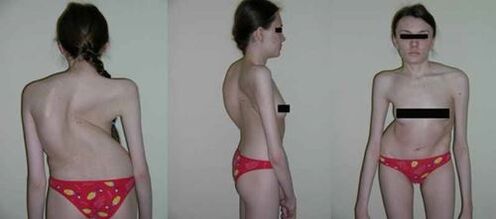
Osteochondrosis and Nutrition - Vascular Dystonia (VSD)
The pathological degeneration process can exist and proceed for a period of time until a person completely loses the opportunity to move.So, if you notice at least one sign of osteochondrosis, go to the hospital immediately.
Since pathological deformation of the intervertebral disc is often accompanied by stimulation of nutritional nodes, the disease can lead to neurosis and a variety of diseases in the work of the cardiovascular system.In fact, one of these consequences is vascular dystonia.
The main functions of VVD include:
- Unexpected pressure jump;
- Headache;
- Nausea and vomiting;
- Insomnia;
- Difficulty in breathing;
- Sweat;
- Constantly overworking.
Sometimes, in the heavy VSD form, a person may lose consciousness.
The occurrence of the above symptoms is not only the result of damage to the spine, but also the result of impaired functions of the endocrine system and somatic system.Therefore, only an expert can make the correct diagnosis and choose the correct treatment after the relevant examination.
Treatment of osteochondrosis
Treatment of the back degeneration process always means a long treatment based on the combined use of various drug and physical therapy procedures.If you have neurosis with osteochondrosis, make sure to contact your neurologist.The best technique and medication can only be selected after a complete examination of the patient and various studies.
Doctors may prescribe limited diets, implement physical therapy exercises, and sometimes using folk methods is appropriate.However, only considering the actual condition of the patient, complications and the presence of concomitant diseases, such as neurosis, VSD, elevated blood pressure, etc., any measures should be taken.
One of the main conditions for successful treatment of osteochondrosis is sequence.Of course, as the disease progresses, the first thing you need is to eliminate pain syndrome.In addition, work should be carried out to stop the destructive process.
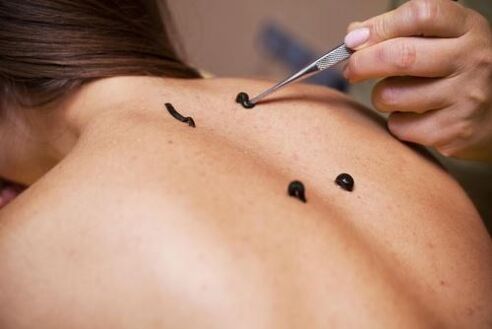
In the treatment of osteochondrosis, physical therapy exercises, massage (including self-quality), manual treatment, acupuncture, hydrotherapy, etc.As for the use of drugs, its main effect should be to eliminate pain in areas affected by the disease, restore cartilage and normalize blood circulation.
In most cases, patients prescribe:
- Drugs with analgesic effects (anti-inflammatory nonsteroidal drugs);
- Muscle relaxant;
- Funds for local anesthesia (compression, blockade, patch, etc.);
- Cartilage protectant;
- a complex of vitamins and minerals;
- Vascular phagocytosis drugs;
- Drugs used to normalize metabolic processes in tissues.
Media physical education in osteochondrosis plays an outstanding role.Training specially selected for specific patients will help him strengthen the muscles in his back, allowing you to form a muscle corset to ensure evenly distributed back load.Due to continuous training, blood circulation in the intervertebral disc will improve.A person straightens his posture and moves his spine cell phone.
There is also a special breathing exercise that allows you to relieve muscle cramps and pain syndromes.It's great to participate in swimming - it's able to remove as much spine as possible.
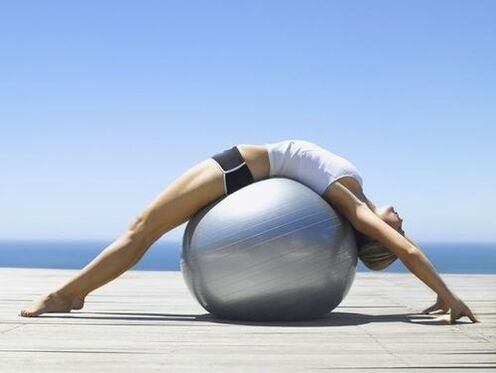
When doing exercise therapy, it is important to use a special simulator for recovery.It is worth noting that any physical activity is prohibited during the aggravation of the disease.But during remission, they must be supplemented with medication.
Prevent osteochondral disease
To prevent osteochondrosis, first of all, a person should maximize the daily load on the back.To do this, you need:
- Choose comfortable high-quality shoes for your socks;
- Avoid staying in uncomfortable positions for a long time, sitting or standing positions;
- Monitor your weight;
- Control posture;
- Don’t unnecessarily increase excessive severity;
- Recharge to strengthen spinal muscles.
Osteochondrosis is a very serious disease.I definitely don't understand osteochondrosis.

























